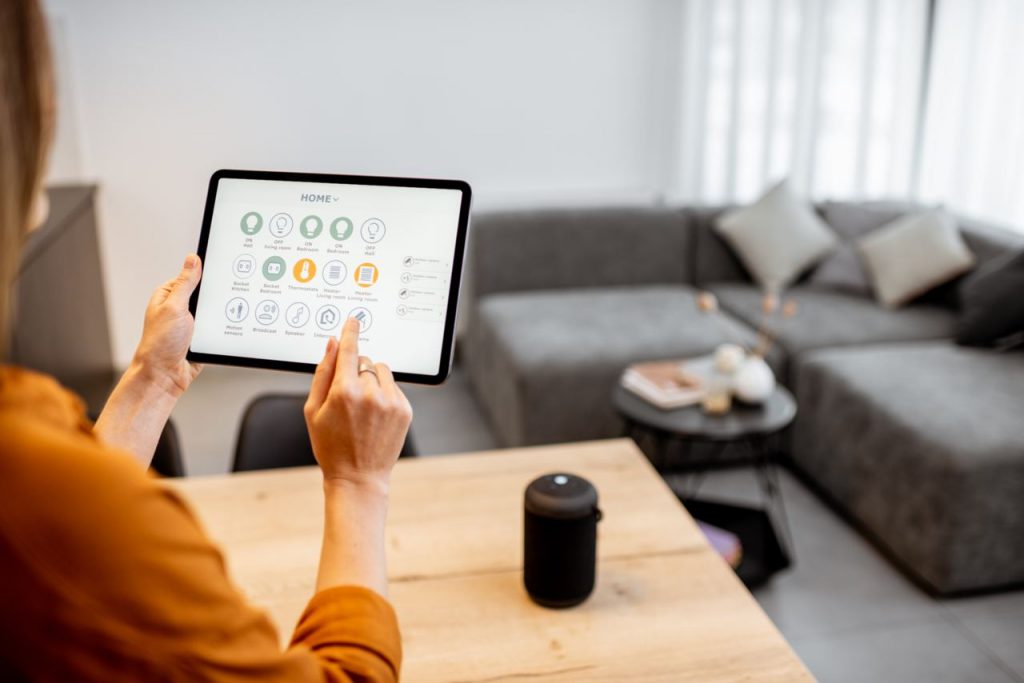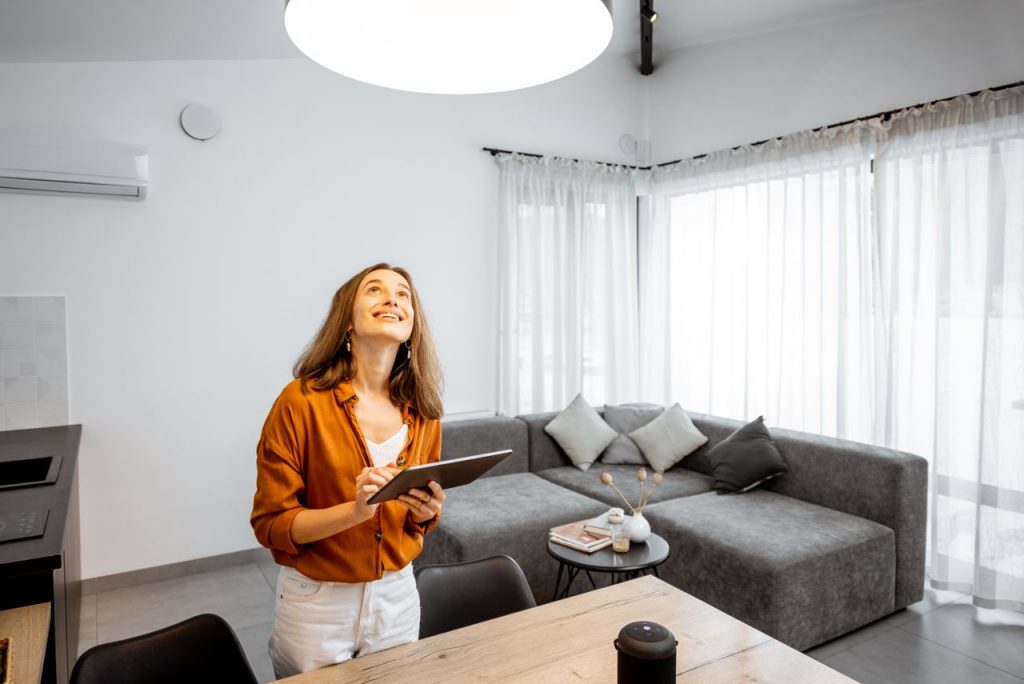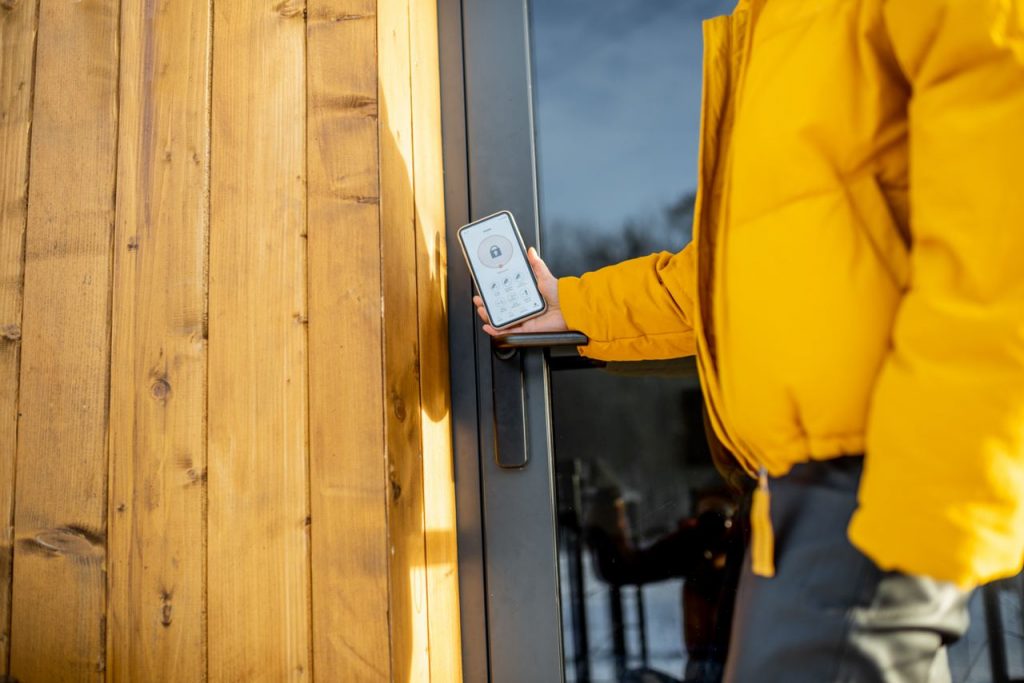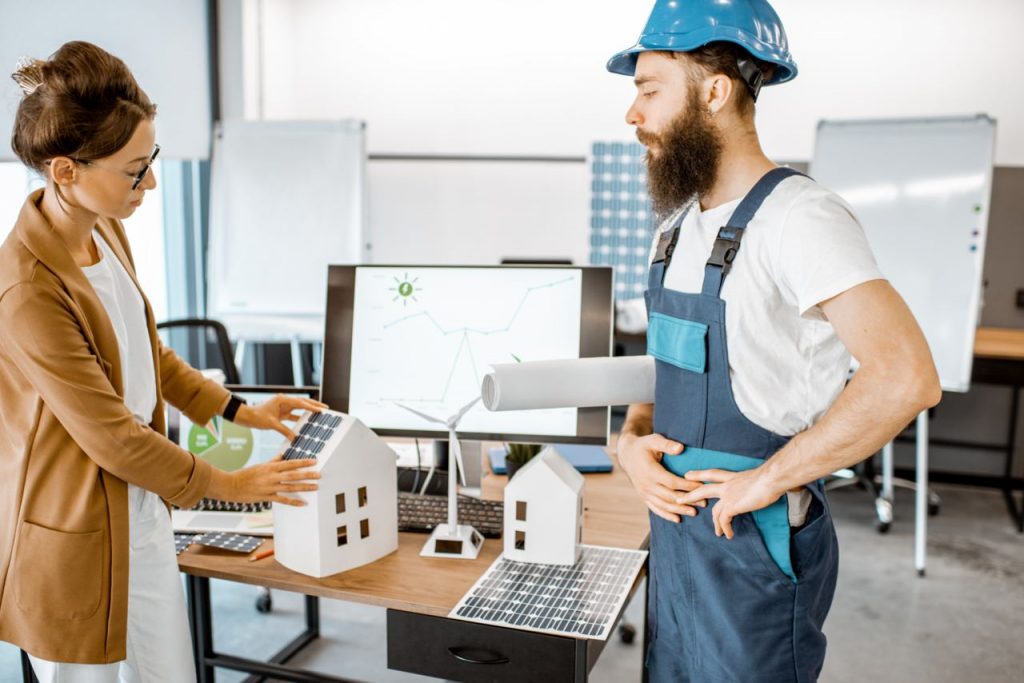The average American family spends about $2,000 per year on energy bills. That number will only go up as we continue to rely on electricity to power our lives. But what if there was a way to reduce that cost without major changes to your lifestyle?
How often have you left your house and forgotten to turn off a light or TV? How often have you arrived home after a long day to find that you forgot to adjust the thermostat? All of these problems can be solved with smart home technology.
Not only do smart homes save energy, but they also make our lives easier. We no longer have to worry about forgetting something important because we can control our devices remotely. Smart homes are the future, and they’re here to stay.
If you’re not familiar with the concept of a smart home in a beneficial way, or if you’re wondering whether it’s worth the investment, read this article for more information about why they’re becoming so popular and how they can help you save money on your energy bill.

Smart Home:
The smart home is a term used to describe the growing trend of interconnected devices that can communicate with each other and exchange data. These devices can be controlled by an individual or a centralized system, making them capable of performing various tasks in your home.
Smart homes have many benefits, including reducing energy consumption, improving safety and security, and providing more convenience. Understanding how these systems work and using the right tools can save money on your utility bills and make your home more comfortable.

Do smart homes save energy?
Smart homes aren’t necessarily the answer to our energy problems. Smart homes can help conserve energy in the short term, but it’s hard to say if they’ll save us any money on long-term energy expenses.
Smart homes are more energy-efficient than traditional homes, by as much as 20% in some cases. This is because smart homes are designed around “intelligent” energy usage—they monitor their systems and adjust them based on what they sense is happening in the house.
They also have systems in place to naturally ventilate and cool spaces, which allows them to be more efficient than traditional homes—which typically leave rooms unventilated or cool so they can stay comfortable during heat waves.
For example, a smart thermostat doesn’t just tell you when it’s too hot or cold in the house—it also means you what room needs more cooling or heating depending on where you are and what time of day it is (and if there are any people or pets in those rooms). This means that even though a smart thermostat may adjust your temperature according to how much sunlight there is in your living room.
How do you save money and energy with smart home devices?
The answer to this question is simple: by using smart devices, not just your smartphone or computer, but also your home appliances and all other devices in your home.
Smart devices have been adapted to the Internet of Things (IoT). These include thermostats, lighting systems, security cameras,r routers, refrigerators, and washing machines. The more devices you connect to the Internet, the better you can control them remotely via an app on your smartphone or computer.
When you own smart home, you might wonder how to save money and energy. The smart home is a perfect example of how technology has made it possible to make our homes more comfortable, convenient, and energy-efficient.
Here are some ways to save money and energy with your smart home devices:
Use an Energy Management System (EMS)
An EMS is a device that monitors the energy use of your entire home and can automatically adjust temperature settings and turn off lights when not needed. You can also set schedules for when you want lights turned on or off or when appliances should be used. These systems can help save electricity bills by turning off lights when they are not needed.
Wi-Fi thermostat
The Wi-Fi thermostat is a great way to ensure you have the right temperature in your home. An app can control it on your phone or tablet, so it’s easy to manage from anywhere. You can also use it to control other smart home devices, such as lights, blinds, and locks.

Remote control door locks
A smart door lock allows you to control your doors from anywhere. If you’re away from home, you don’t have to worry about leaving keys in the lock or having someone let them in when they shouldn’t be there. It also means that people who come over won’t have access to your house without your permission — something that can be tough if they live with you but don’t want anyone else to see their room or belongings.
Smart lighting
Smart lighting is the key to saving money and energy. With smart lights, you can dim your lights when you’re not home and turn them on when you return. You can also control your lights with voice commands, which is convenient. Smart lights can be used in the bedroom, kitchen, backyard, and more!
Motion sensors
Motion sensors are a great way to reduce your air conditioner or heater use. The sensors detect whether a room is occupied and only activate it when needed. For example, they’re often used with blinds so they’ll close when you enter the room or with curtains so they’ll close during the day and open at night.
Motion sensors can also be used to automate other settings in your home. For example, you could create a “sunset” schedule that turns off lights after your house has gone dark for the evening or turns on the TV when you leave for work in the morning!
What are the tricks to save energy without smart home devices? Top 5.
Unplug appliances when not in use
This is the most basic way to save energy. Turning off your oven, washing machine, and other appliances when you’re not using them will help reduce your electricity bill.
Change energy-saving settings on your computer and TV
By changing the settings on your computer or TV, you can ensure that they are using less power while you’re not using them. For example, set a sleep timer for screensavers to turn off after a certain time or adjust the brightness level to save energy during nighttime hours.
Use power strips for large appliances/groups of small appliances
If you have a great device that uses a lot of electricity, like your refrigerator, you should consider using a power strip. It will help keep the electricity from being used too fast and ensure it is not lost.

Make use of the sun’s rays and install solar panels
Solar panels are great if you have enough room to put them in your house. If not, you can use them at work or even in your car to charge your phone while driving. You can also use them in your garden to grow crops with less work and more oxygen in the air.

Replace old appliances with energy-efficient models
You can save money by replacing old appliances with efficient models. It is easy to do, and you can get rid of your old devices, which are not in use anymore or have been used for a long time and are not very useful anymore.
To replace your old appliance with an energy-efficient model, you have to check the energy efficiency rating of the device. The label on the back of the product shows this information. If it is higher than A+, the appliance has been designed to use less energy than other models of similar functions.
Why is it better to have a smart home device?
Smart home devices are the way of the future. They make our lives so much easier and more enjoyable. We can control all sorts of things from our smartphones, including our lights, thermostats, fans, TV, and more.
These devices are an excellent choice for anyone who wants to improve their home or office environment. Whether you have a small apartment or a large house with multiple locations, something out there will meet your needs and improve your life.
Additionally, they can be used to connect to the Internet so that they can be controlled remotely by multiple people simultaneously. This means that no one will have to be present at all times to operate them. You will also be able to control them from anywhere you have an internet connection, whether at work or home.
Conclusion:
A smart home is a great option if you’re looking for ways to save energy and money. With features like automatic lighting and temperature control, you can make your home more efficient without sacrificing comfort. Plus, with today’s technology, getting started is easier than ever. So why not give it a try? You might be surprised at how much you can save.



